An early image of the James Douglass lighthouse, with the stump of the Smeaton-designed building beside it.
Eddystone Lighthouse is located in the English Channel, 14 miles south of Plymouth, England. The reef upon which it stands was the source of many shipwrecks... and many lighthouses, the first of which was built in 1698. The first three lighthouses were wooden, and suffered the fate of sea storms. John Smeaton built the fourth lighthouse in 1759 of Cornish granite.
UK
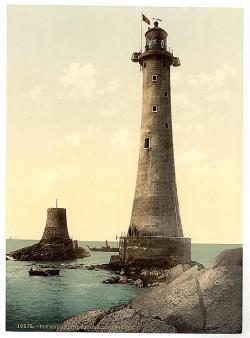
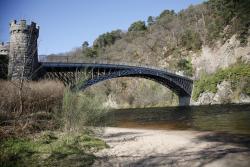
This elegant cast iron arch bridge designed by Scotland's famous Thomas Telford was built from 1812 to 1814. It is the earliest surviving example of a portable lattice-braced standard type that Telford developed for use at wide and deep water crossing sites unsuitable for masonry spans. At least 10 of these bridge types were erected throughout Britain between 1814 and 1829.
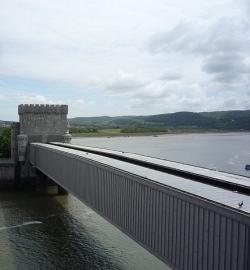
Built by Robert Stephenson to carry the Chester and Holyhead Railway across the River Conwy, this bridge was erected between 1846 and 1848. It consists of a single span 400 feet long, formed by two parallel rectangular wrought iron tubes, each weighing 1300 tons. Masonry towers were built on the abutments and topped with battlements and turrets to harmonize with the nearby Conwy Castle. The Conwy Tubular Bridge was the first railway bridge in which trains ran through the main girders. It represents a pioneering use of wrought iron for bridges.
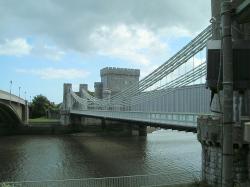
When a new road bridge was constructed alongside it, plans were made to demolish the Conwy Suspension Bridge. There was a national outcry and, since 1958, the bridge has been in the care of the National Trust and closed to vehicular traffic.
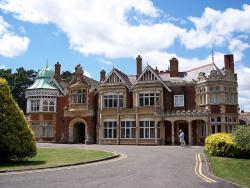
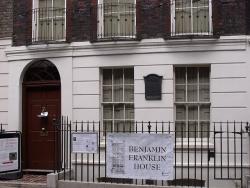
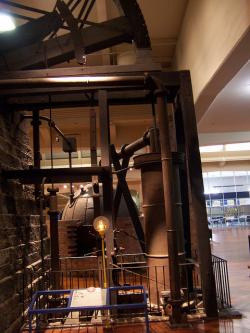
The unprecedented innovation of the steam-atmospheric engine by Thomas Newcomen (1663-1729) of Dartmouth and his assistant John Calley stands at the beginning of the development of practical thermal prime movers in the early years of the eighteenth century. Spreading through Europe and then to the Cornwall mines in the New World, it was one of the strategic innovations in world history and the single greatest act of synthesis in the ensuing history of the steam engine.
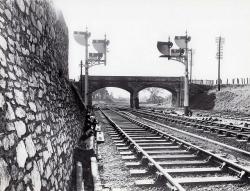
In the early 1830s, the merchants of Bristol, long dissatisfied with their communication with London, began to wonder if the new railroad technology might be a solution to their problem. The Bristol Chamber of Commerce, the Merchant Adventurers and other local industrial bodies formed a committee in 1833 to discuss the ambitious proposal of laying a railway to London. Matters progressed swiftly. Money was advanced and the search for a first-class engineer to guide the effort.
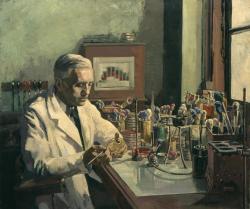
The introduction of penicillin in the 1940s, which began the era of antibiotics, has been recognized as one of the greatest advances in therapeutic medicine. The discovery of penicillin and the initial recognition of its therapeutic potential occurred in the United Kingdom, but, due to World War II, the United States played the major role in developing large-scale production of the drug, thus making a life-saving substance in limited supply into a widely available medicine.
The plaque commemorating the event reads:


